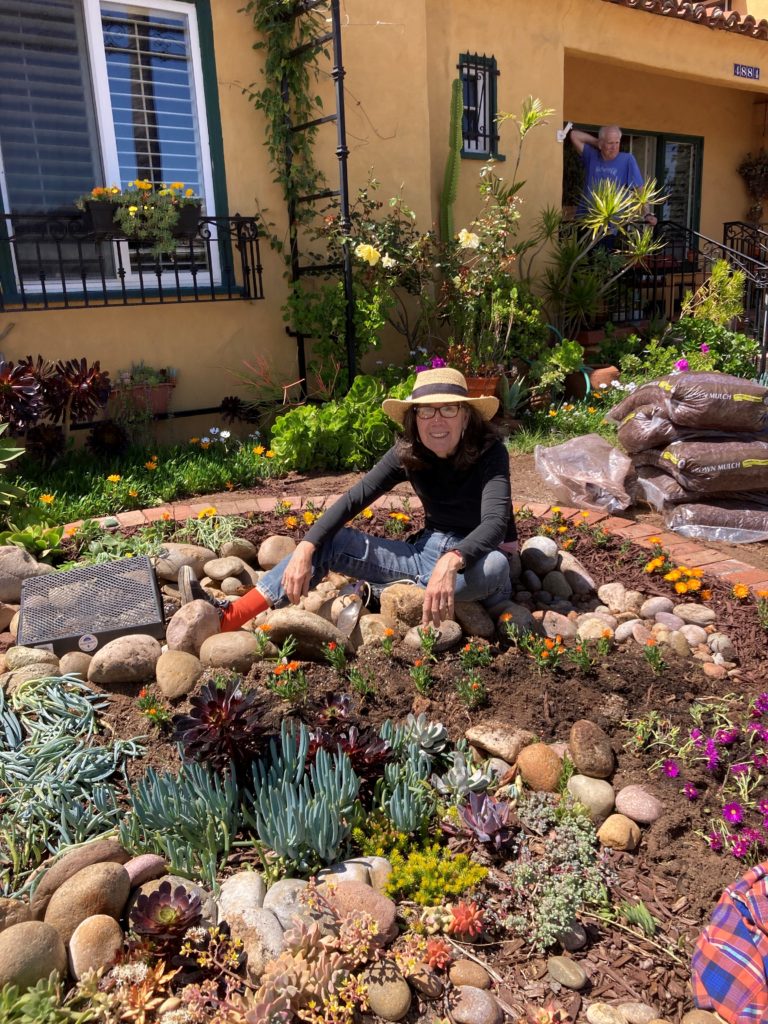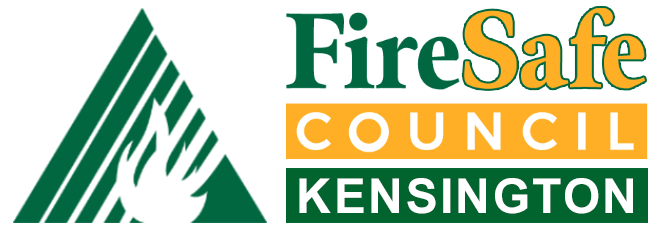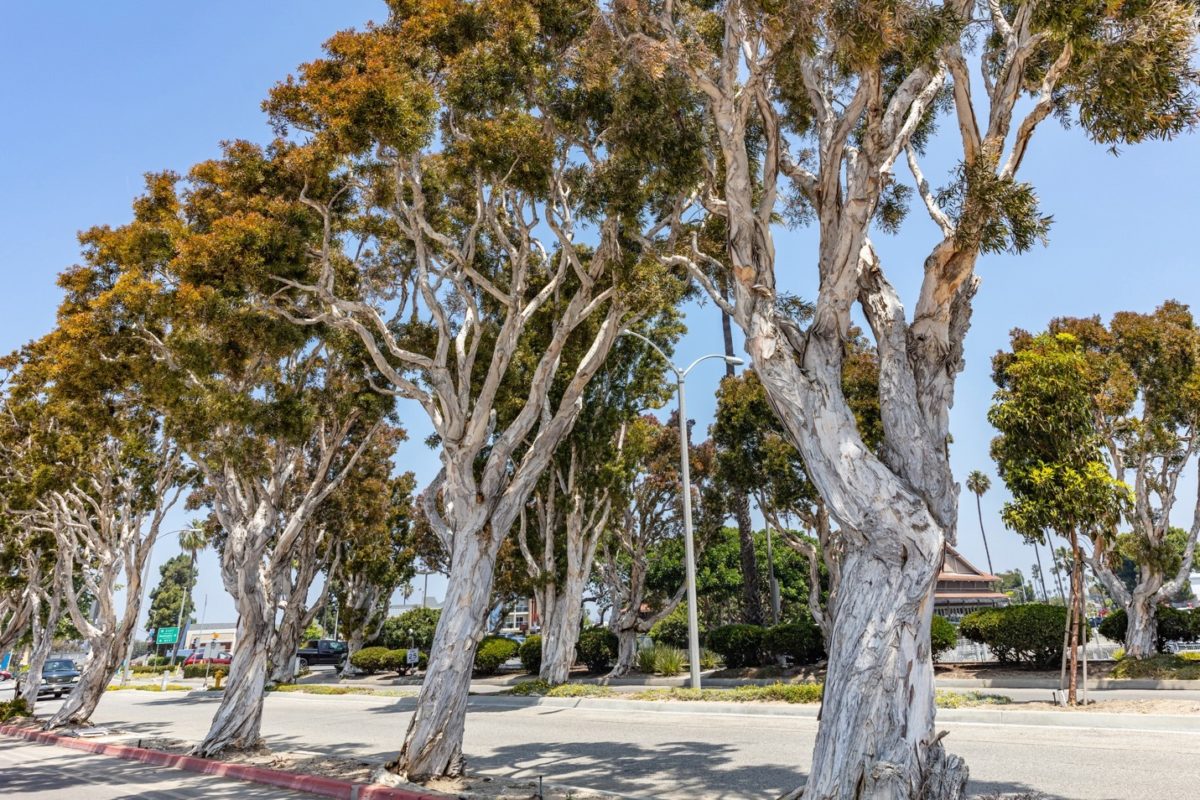By Judy Beust Harrington, Co-Chair, Kensington Fire Safe
This column is your fire safe council’s effort to share answers to questions we get from community members. Send your fire-related questions to info@kensingtonfiresafe.org and we’ll do our best to find the answer!
Q: My own question this time! Lively conversation with a Master Gardener at Kensington Earth Day left me wondering, is eucalyptus the highly flammable bad-boy as we’ve been led to believe?
What’s not to love about eucalyptus trees? Wonderful shade in hot summer months? The roosts, perches, and nests they provide for raptors and other birds? The nesting material their litter supplies local alligator lizards and rat-eating gopher snakes? Or just that these attractive, year-round green trees often smell good and have lots of medicinal uses? (1)
Too bad “some are bullies” according to local, award-winning landscaper, Greg Rubin. Their bad behavior includes crowding out often much less flammable native plants, especially with the aggressive species’ fibrous, greedy root systems that “take no prisoners.” This includes the most prevalent blue gums, initially planted over 40,000 southern California acres starting in the mid-1800’s. Rut Row! Now the California Invasive Plan Council (Cal-IPC ) classifies blue gums as “limited invasive“ — because their significant negative ecological impacts occur in limited areas along the California coast. (2)
Greg says he has no problem with “Eucalyptus citriodora “…beautiful, graceful, non-aggressive large form, that plays nice with our extremely delicate, complex, and non-competitive ecology.”
But back to fire safety. Bottom line: they are not native and don’t belong in our canyons. It’s all about the bark they shed. A well-tended euc in a homeowner’s yard isn’t likely to go up in flames as fast as a wild canyon one with highly flammable detritus at the base accumulating unabated. In fact, according to a National Park Service publication on eucalyptus – “Firefighters also now realize that wildfires are almost impossible to contain in eucalyptus forests.” Want more insights? Consult the NPS Fire Management Newsletter edition on “Eucalyptus; A Complex Challenge” (3)
Moisture Matters Most
Regardless of what kind of tree or plants you put in your yard, Greg says the most important element for fire resistance is moisture. The benefit of native, drought-tolerant plants is that a little water goes a long way, and they’ll retain it better than most non-natives. Nearly two dozen properties Greg landscaped with native plants survived major area fires, without the loss of a single home!
But aside from going native, how can we increase moisture and conserve our precious water at the same time? How about letting winter rainfall increase your ground water with a swale…big, little, mini? Why send that precious runoff into sewers to eventually muck up our rivers and waterways? Greg cites how Dennis Mudd, creator of Calscape.org, runs swales throughout his wonderful plantings. The soil fungi in the swale moves the moisture over to his drought tolerant plantings and greatly reduces the need for watering. That’s because you put compost in the swale and the bacteria in it will over time help break up the clay in the surrounding areas.
I recently put a swale in my front yard to catch the overflow from one of our rain barrels – which starts flowing in 5-10 minutes during a downpour. Now I’m making small ones wherever there’s a low patch where I plan to garden. YouTube has plenty of videos on how to build a swale, but you can check out what I did with pictures at kensingtonfiresafe.org. Have a swale time working on yours!
Read Judy’s post about creating a small swale in her Kensington garden.

Sitting in my swale…Judy Harrington
- https://nrm.dfg.ca.gov/FileHandler.ashx?DocumentID=67348
- https://calag.ucanr.edu/Archive/?article=ca.v070n01p39
- https://www.nps.gov/pore/learn/management/upload/firemanagement_fireeducation_newsletter_eucalyptus.pdf
- https://milliontrees.me/2014/07/21/tracking-down-the-truth-about-blue-gum-eucalyptus/

